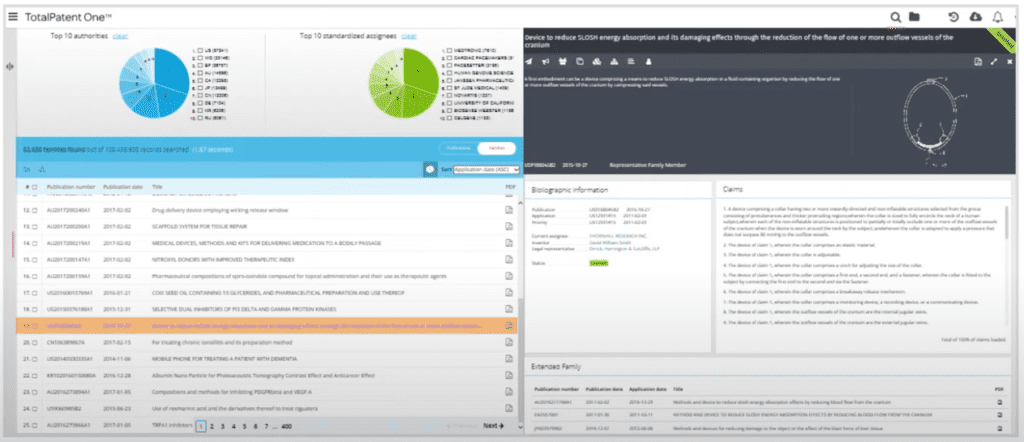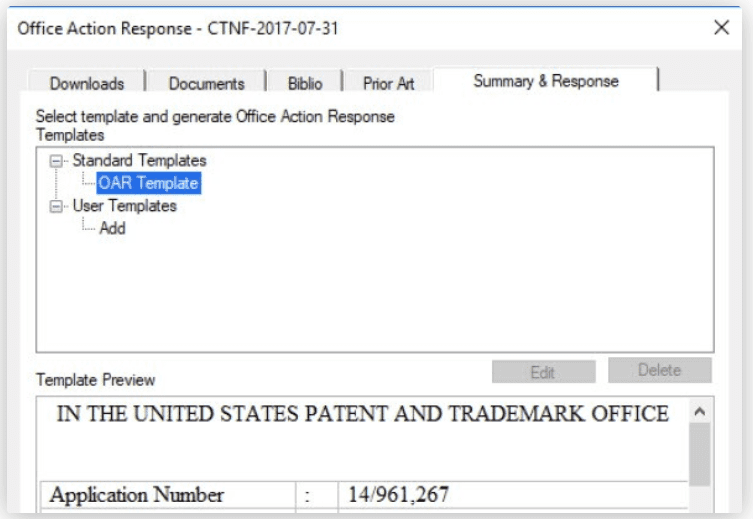Streamline the Patent Process With Research and Drafting Tools

As patent practitioners, we often acknowledge and utilize the stages of the patent process to manage expectations, while providing a road map to our clients. We begin with prior art searches, and if the results look promising, we move on to drafting a patent application, submitting it to the USPTO, and so on. From an operations standpoint, breaking the patent process into distinct segments also allows us to evaluate our performance and isolate opportunities for improvement. LexisNexis® Intellectual Property has patent data and analytics tools for every stage of the patent process to help streamline the patent process, increase productivity and cut back on client costs.
Input and analysis (streamline the patent process by acquiring information by global patent search)
Many questions need to be answered before drafting a patent application. For starters, is the client’s invention patentable? Can they patent the entire invention or just a portion of it? And what is the best way to draft the client’s patent application to minimize the chances of it being rejected? The answers to these questions depend on the prior art that exists in the world—the patent records and non-patent disclosures that impact the invention’s novelty and non-obviousness. Finding and analyzing relevant prior art can be an arduous and costly stage of the patent process, primarily because patent professionals typically need to search many different databases to develop even a moderately comprehensive sense of patentability. However, by using an advanced patent search platform like LexisNexis TotalPatent One®, patent professionals can access and intuitively filter through patent records from worldwide patent authorities. Needing only the TotalPatent One® platform to retrieve patent documents, patent practitioners can streamline the patent process and reduce client costs by reducing the time they spend on prior art searches.

Drafting output (streamline the patent process by optimizing patent drafting and filing)
Prior art searches can help shape a patent application’s content, but they fall short of ensuring the application will comply with the USPTO’s many submission requirements. Traditionally, patent applications had to be reviewed slowly and carefully for drafting errors, proper section references, congruency and many other issues to which an examiner could object. The LexisNexis PatentOptimizer® patent analysis and drafting tool nearly eliminates the need for manual draft reviews, and instead automates the review process. By quickly and effectively checking all parts of a patent application draft—from patent claims to patent drawings and everything in between—PatentOptimizer® generates comprehensive error reports, revealing the actions users can take to fortify their applications before submission to the USPTO.

Application rectification (streamline the patent process by responding efficiently to office actions)
You can optimize your patent draft all you want, but there will always be a chance that you and your assigned patent examiner view the patentability of an invention differently. When reasonable minds do differ, office actions issued by patent examiners and the rejections they contain cost clients an average of $3,000 per office action. Office action expenses primarily include the time spent by patent professionals to: evaluate the patent examiner’s arguments and the prior art that has been cited; develop counterarguments to rebut the examiner’s points; and draft a well-articulated reply. The good news is that the PatentOptimizer Office Action Response tool (OAR) assists in streamlining the patent process by cutting back the time spent on drafting office action responses. Patent professionals can search the patent archives for instances where other patent applicants faced similar rejections to those faced by the PatentOptimizer user. The OAR then recommends counterarguments that have proven successful in overcoming rejections in the past in similar cases, and helps users efficiently build their office action responses.

Distilling down patent prosecution into its distinct stages allows us to better evaluate our performance, streamline the patent process and make changes for the better. Patent data and analysis tools from LexisNexis IP enable patent professionals to upgrade their performance. Whether taking in information, producing a draft or arguing on a client’s behalf, TotalPatent One and PatentOptimizer help streamline patent processes and lead to more desirable patent prosecution results.
Learn more about TotalPatent One. For more read Quality Patent Searches with LexisNexis TotalPatent One® and Patent Search Tools: The Difference a Folder Can Make.
See how to ensure more quality in less time for patent drafting and learn more about PatentOptimizer.
